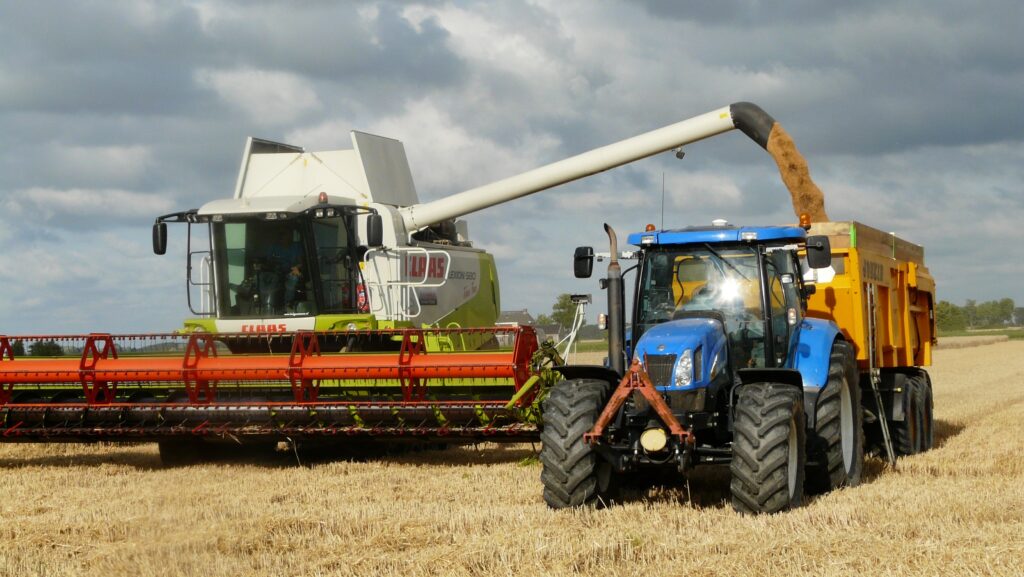Global food consumption: Implications for agriculture

Global changes in population, income, and agricultural productivity may affect the production and consumption of crops and food products by 2050.
This the USDA Economic Research Service (ERS) released a 58-page report taking a complex look at how the global land base is under increasing pressure to provide food for a growing population. The September 2023 report is titled: “Scenarios of Global Food Consumption: Implications for Agriculture”.
FreshFruitPortal.com uses the study’s summary to highlight a few key points.
The study addresses the future of food consumption considering both physical output measures and the economics of production, consumption, and land use.
Rising incomes have historically implied increasing consumption of animal products, along with an increased need for feed. To date, steady increases in agricultural productivity have allowed agricultural production to keep up with a growing population and per capita increases in food consumption.
Related articles: Historic 2023 for UF/IFAS research
The ERS notes that primary (crop) calories are produced from the land before processing into food products. Crop calories are greater than food calories, due primarily to losses that occur as feed crops are converted to food products such as meat, dairy products, and eggs. Production of crop calories is a more complete measure of the agricultural system than food calories because it also includes these conversion losses.
Production of crop calories is a useful indicator of pressure on the land base. Crop calories are the product of population, per capita food calories available for consumption, and crop calories required per calorie of food. With an income-driven diet and population growth of 39 percent, available food calories grow by 44%, and crop calories grow by 47% from 2011 to 2050. Growth in crop calories reflects income driven shifts to greater total food calories per person and an increasing share of animal products in food consumption.
This report notes that from 1990 through 2019, world population grew by 45% to 7.7 billion people, while calories available for food consumption increased by 61%. Some food groups increased at a faster rate, especially fruits and vegetables, vegetable oils, and animal products. However, calories available from grains increased at about the same rate as world population.
The full study is available here.














































